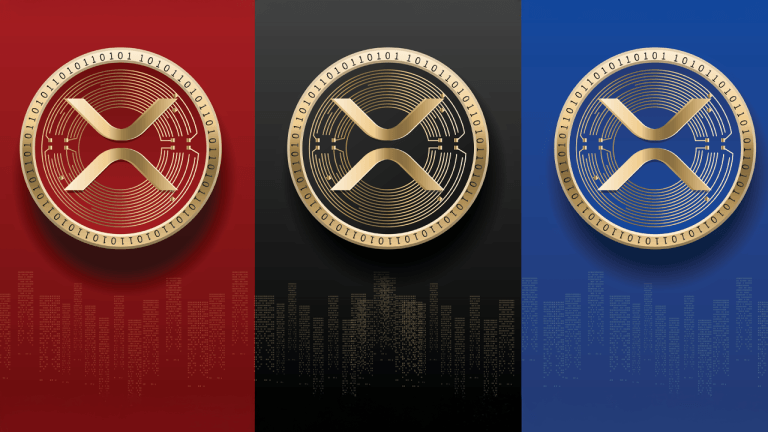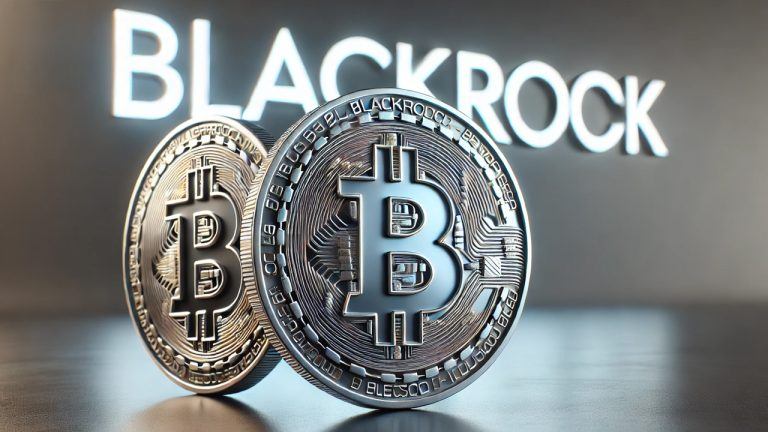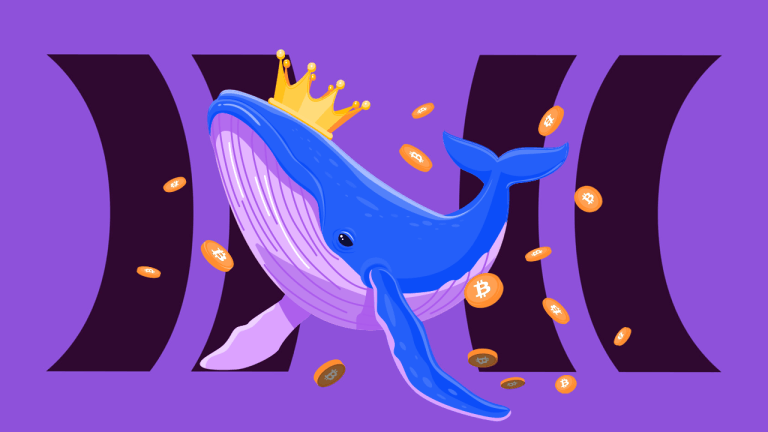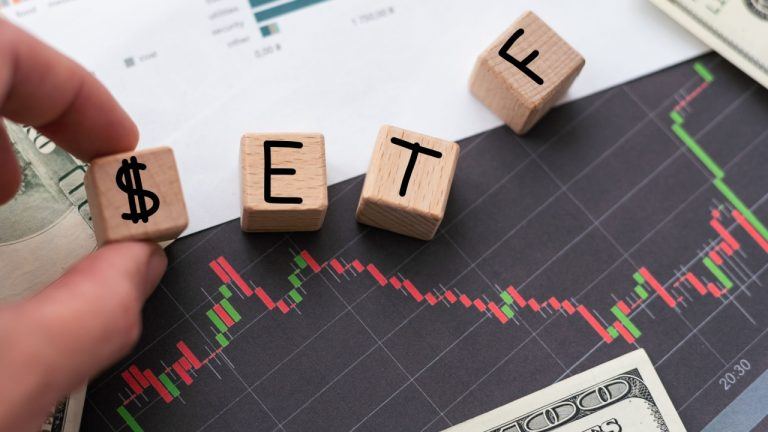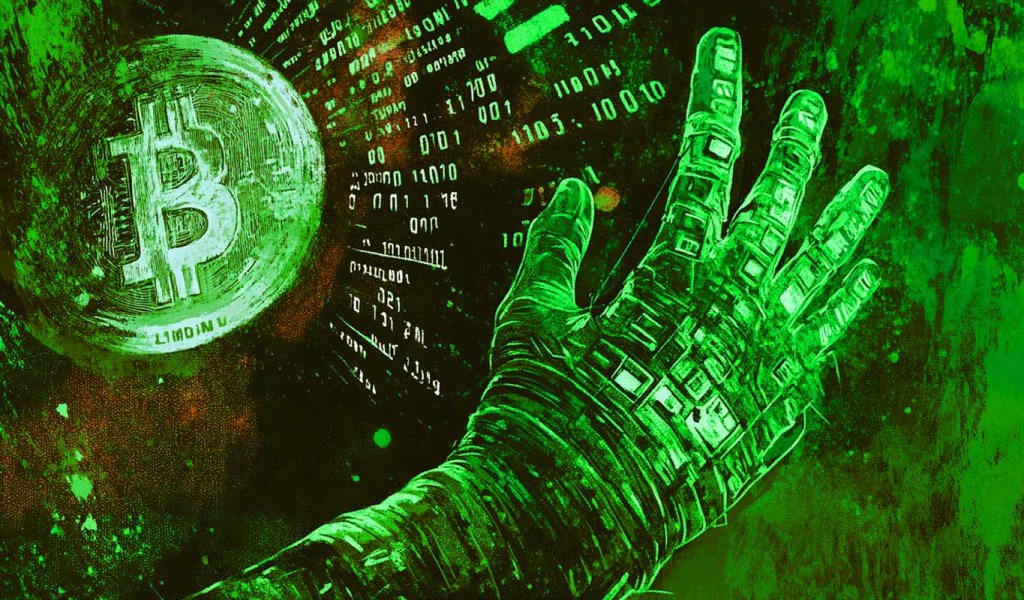
Traders take a neutral position after Ethereum futures contracts see massive liquidations

ETH price plummeted to a 4-month low at $1,070 after a wave of futures liquidations.
Ether (ETH) price shed roughly 33% between Nov. 7 and Nov. 9 after an impressive $260 million in future contracts longs (buyers) were liquidated. Traders using leverage were surprised as the price swing caused the largest impact since Aug. 18 at derivatives exchanges.

The $1,070 price level traded on Nov. 9 was the lowest since July 14, marking a 44% correction in three months. This adverse price move was attributed to the FTX exchange’s insolvency on Nov. 8 after clients’ withdrawals were halted.
It is worth highlighting that a 10.3% pump in 1 hour happened on Nov. 8, immediately preceding the sharp correction. The price action mimicked Bitcoin’s (BTC) movements, as the leading cryptocurrency faced a quick jump to $20,700 but later dropped toward $17,000 in a 3-hour window.
The previously vice-leader in futures open interest shared a disguised and toxic relationship with Alameda Research, a hedge fund and trading firm also controlled by Sam Bankman-Fried.
Multiple questions arise from FTX and Alameda Research’s insolvency, directed to regulation and contagion. For example, the United States Commodity Futures Trading Commission (CFTC) commissioner Kristin Johnson said on Nov. 9 that the recent case demonstrates that the sector needs more oversight. Moreover, Paolo Ardoino, chief technology officer of the Tether (USDT) stablecoin, tried to extinguish rumors of exposure to FTX and Alameda Research by posting on Twitter.
Let’s take a look at crypto derivatives data to understand whether investors remain risk-averse to Ether.
Futures markets have entered backwardation
Retail traders usually avoid quarterly futures due to their price difference from spot markets. Still, they are professional traders’ preferred instruments because they prevent the fluctuation of funding rates that often occurs in a perpetual futures contract.

The indicator should trade at a 4% to 8% annualized premium in healthy markets to cover costs and associated risks. Considering the above data, it becomes evident that derivatives traders had been bearish for the past month as the Ether futures premium remained below 0.5% the entire time.
More importantly, the Ether futures premium has entered backwardation, meaning the demand for shorts — bearish bets — is extremely high. Sellers are paying 4% per year to keep their positions open. This data reflects professional traders’ unwillingness to add leveraged long (bull) positions despite the meager cost.
Options markets were neutral until Nov. 8
Still, one must also analyze the Ether options markets to exclude externalities specific to the futures instrument. For example, the 25% delta skew is a telling sign when market makers and arbitrage desks are overcharging for upside or downside protection.

In bear markets, options investors give higher odds for a price dump, causing the skew indicator to rise above 10%. On the other hand, bullish markets tend to drive the skew indicator below negative 10%, meaning the bearish put options are discounted.
The 60-day delta skew had been near zero since Oct. 26, indicating that options traders were pricing similar risk offer downside protection. However, the metric quickly jumped above the positive ten threshold on Nov. 8 as investors started to panic. The current 24 level is exceptionally high and shows how uncomfortable pro traders are to offer downside protection.
These two derivatives metrics suggest that the Ether price dump on Nov. 8 was rather unexpected, causing whales and market makers to quickly change their stance after the $1,400 support was lost.
It might take some time for investors to digest the potential regulatory and contagion risks caused by FTX and Alameda Research’s demise. Consequently, a sharp and quick recovery for Ether seems distant and unlikely for the short term.
The views and opinions expressed here are solely those of the author and do not necessarily reflect the views of Cointelegraph.com. Every investment and trading move involves risk, you should conduct your own research when making a decision.
Go to Source
Author: Marcel Pechman




